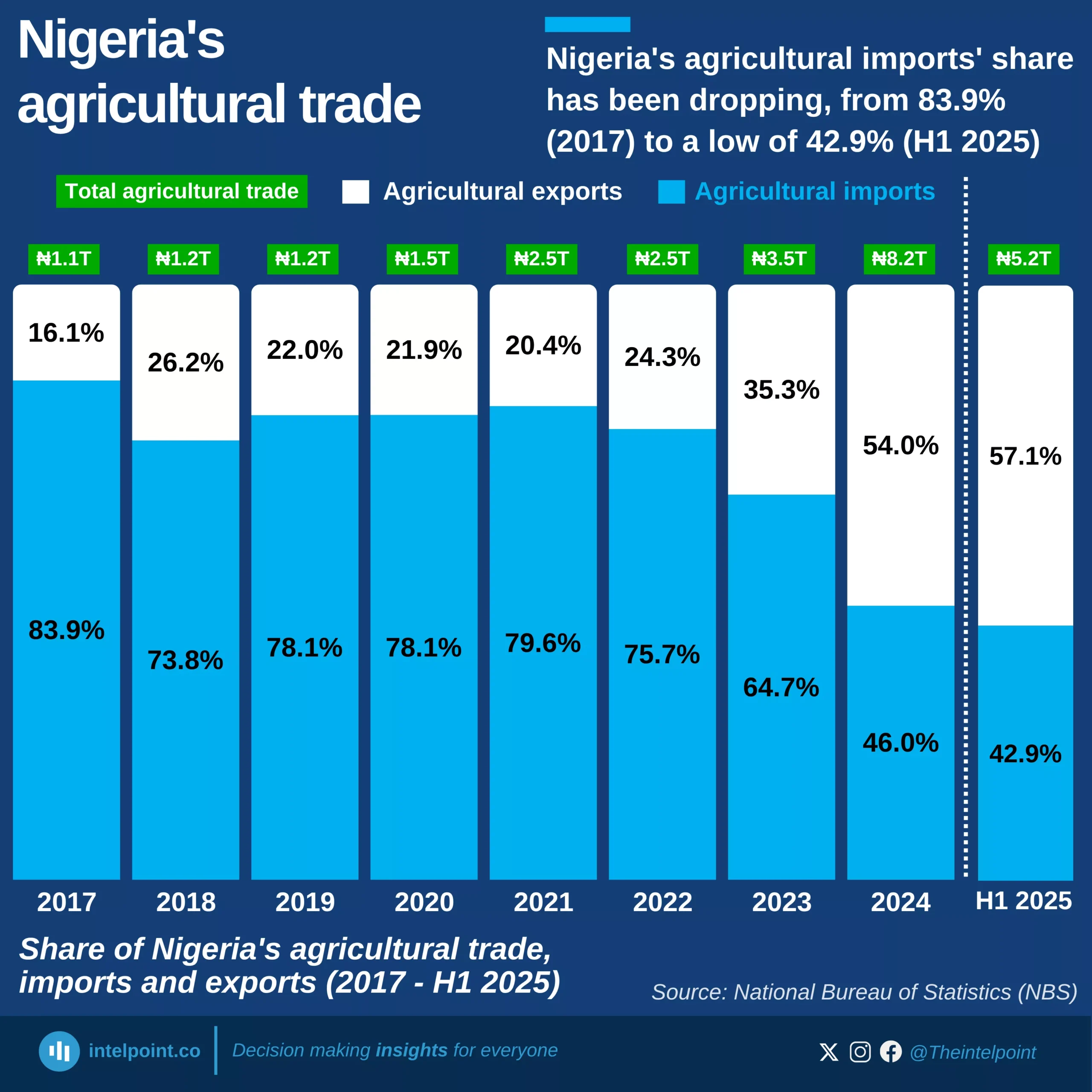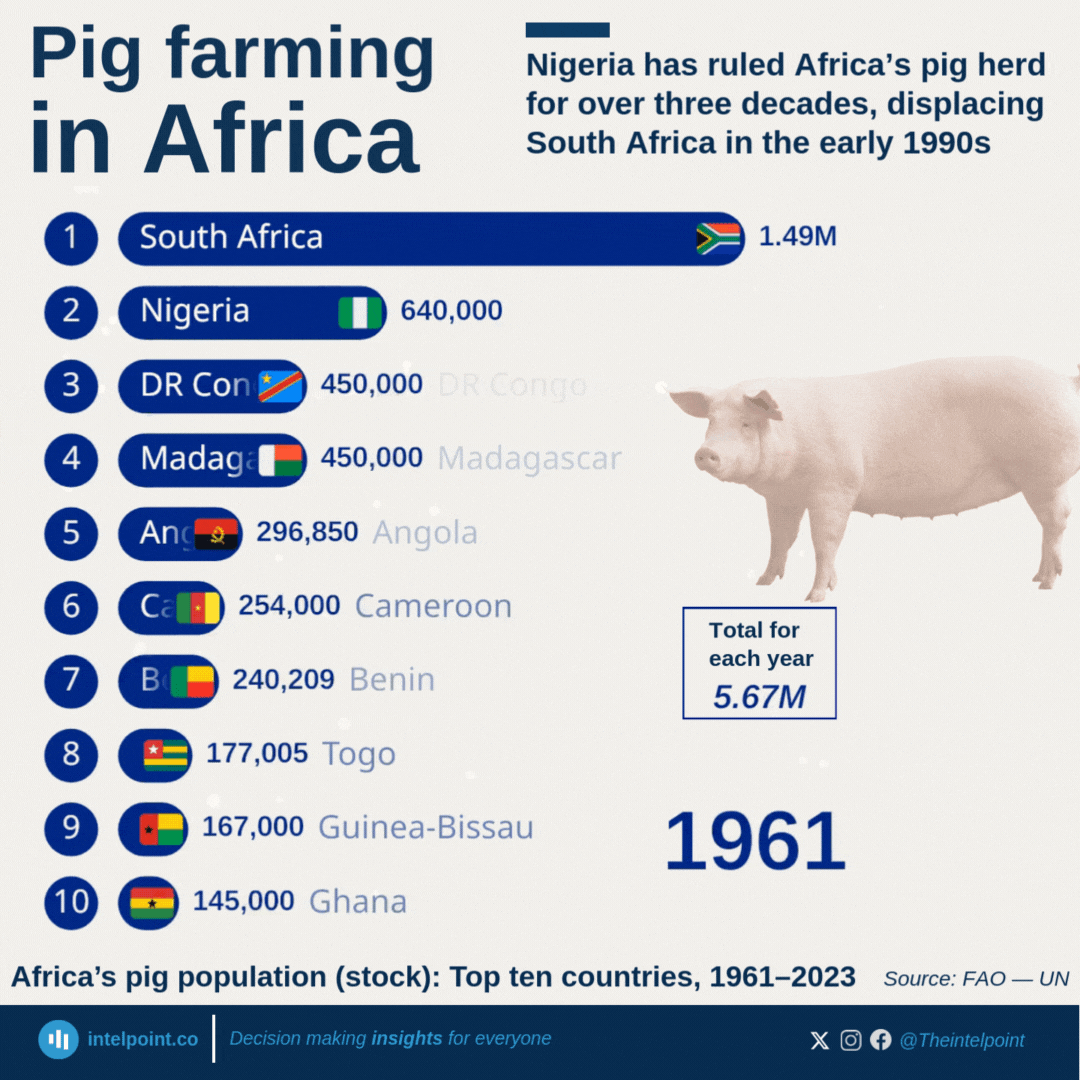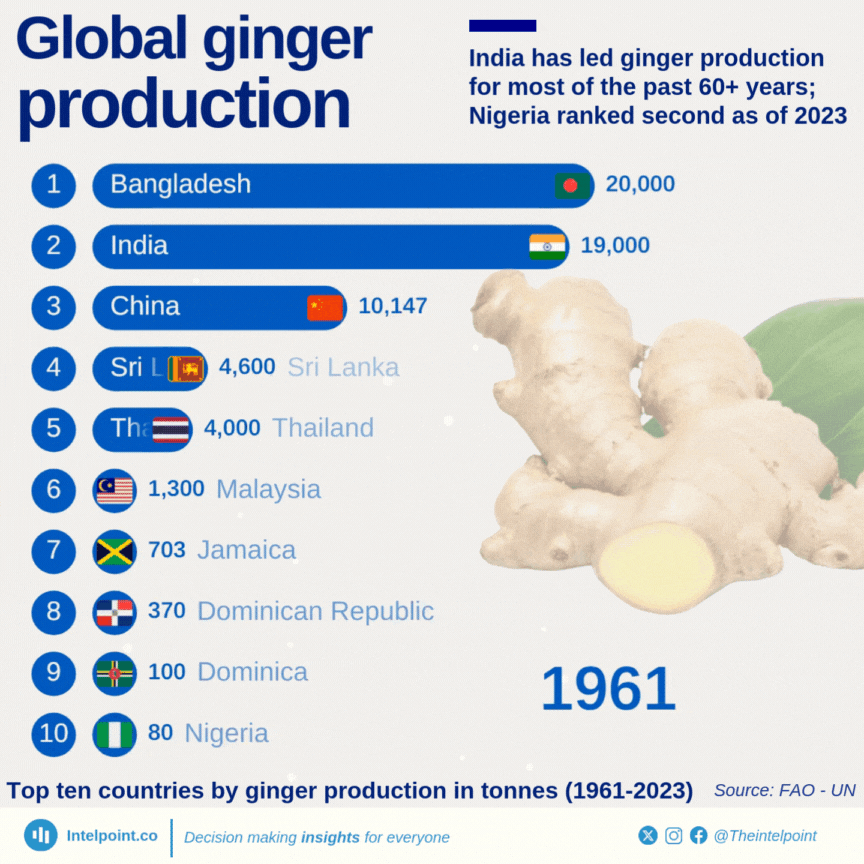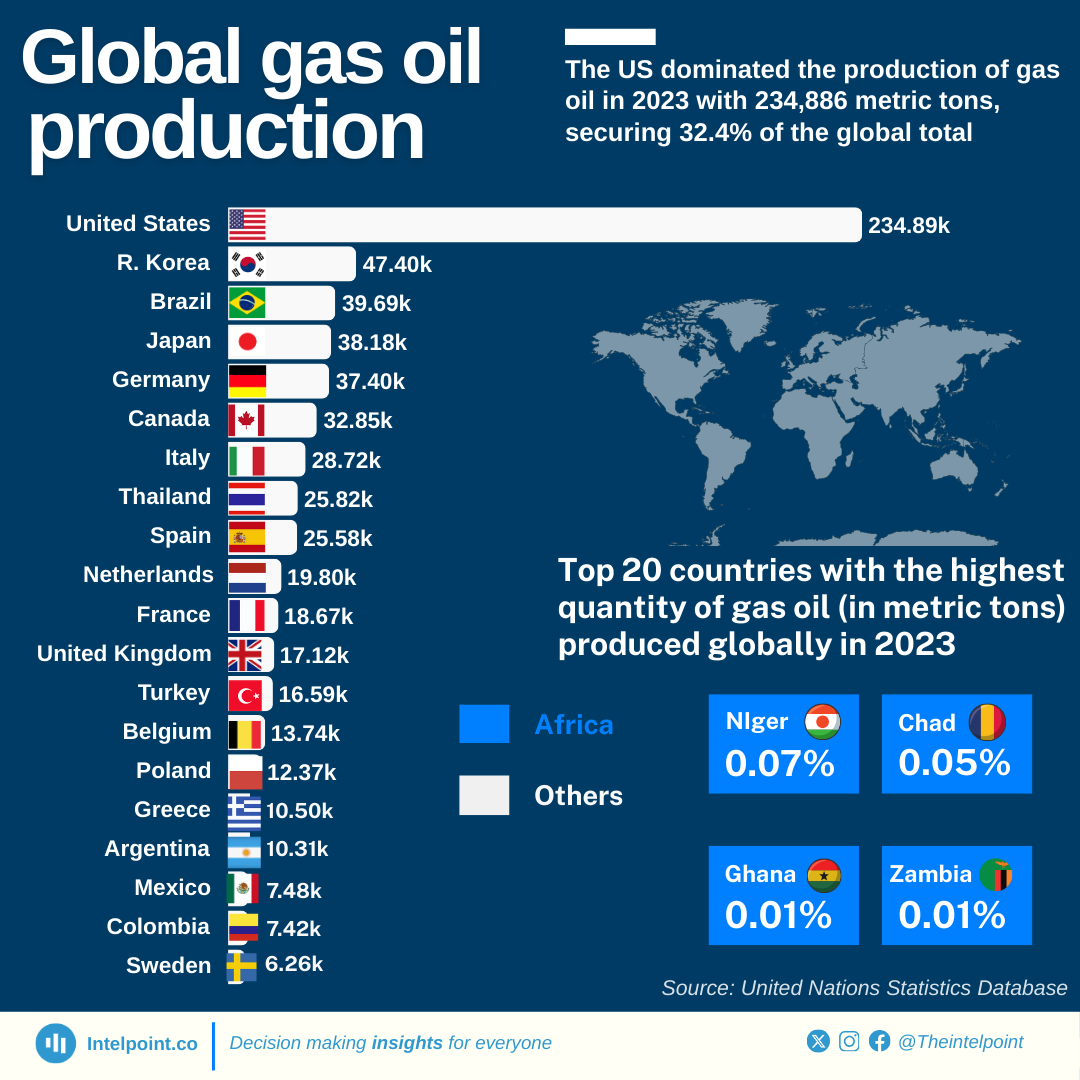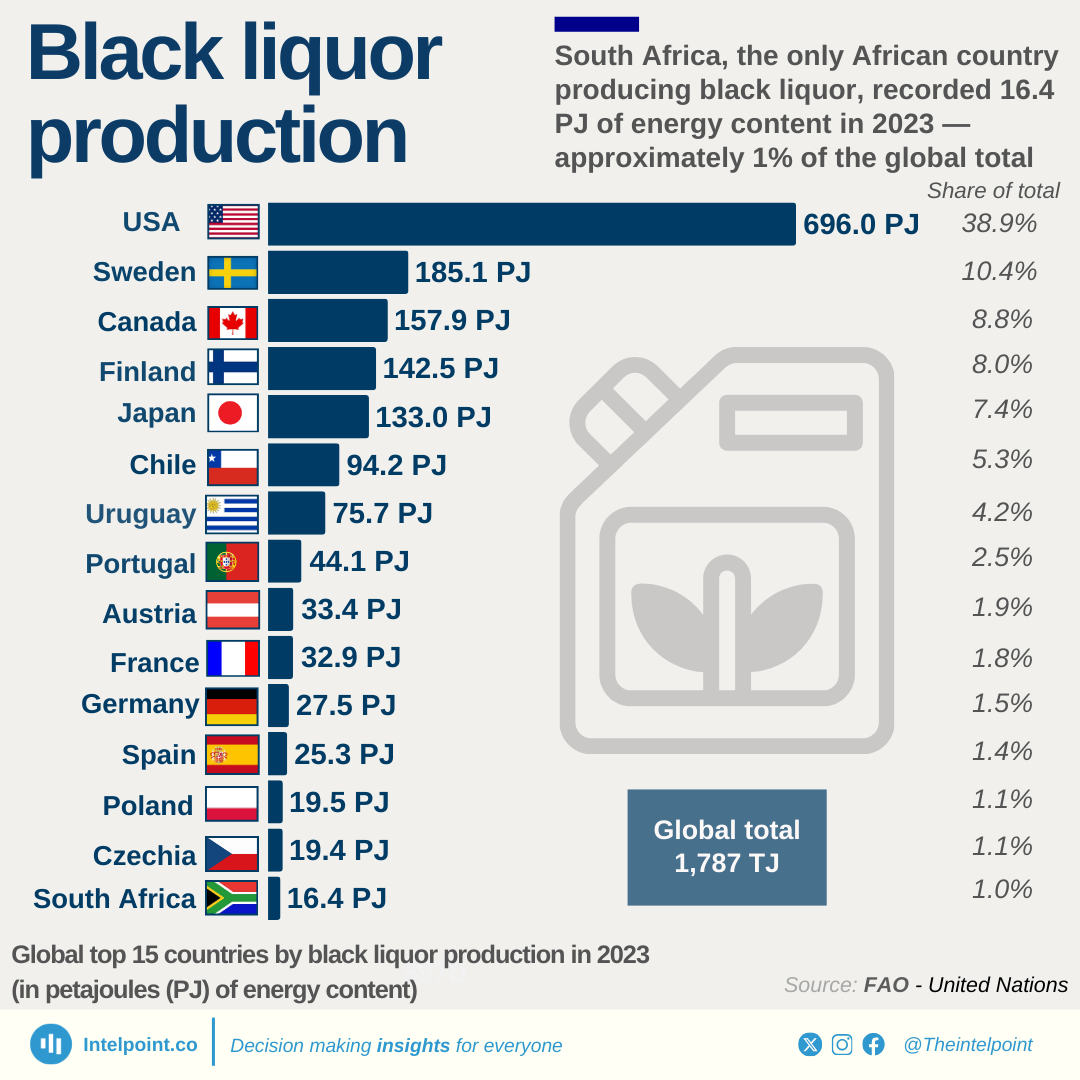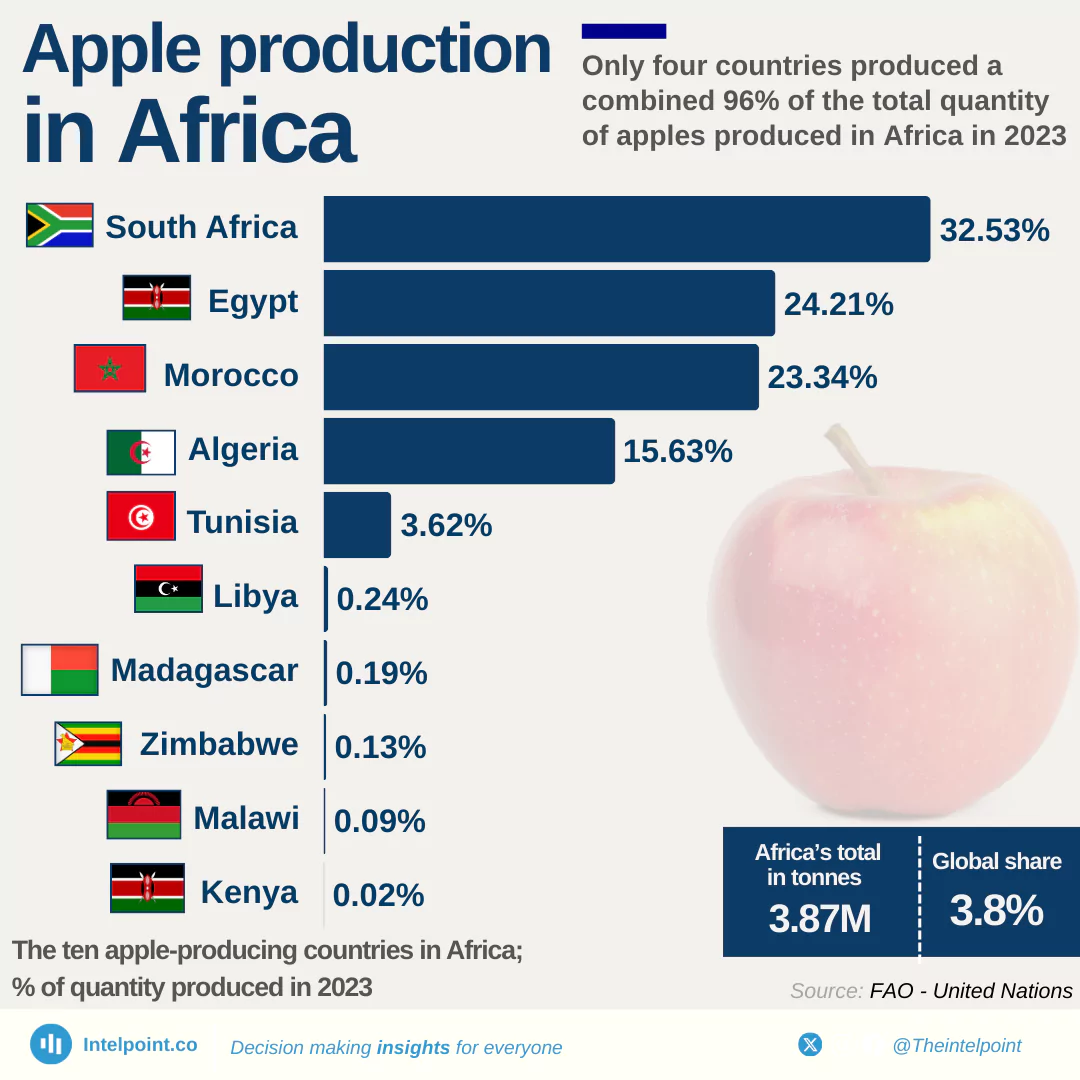From 1961 to 2023, Nigeria produced over 1.39 billion tonnes of yam, accounting for 64 percent of global output. Add Ghana, Côte d’Ivoire, Benin and Togo, and West Africa consistently delivers more than 95 percent of the world’s yam supply. In 2023 alone, Nigeria harvested 61.9 million tonnes. No other country came close.
This bar race chart shows six decades of dominance. Countries rise and fall, but Nigeria has stayed at the top since the 1960s. But the story does not end with production. According to UN Comtrade's reporting countries, Nigeria exported just 49.9 tonnes of yam in 2023, worth only US$41,564, or about ₦37 million. In contrast, Ghana exported 36.3 million kilogrammes (36,300 tonnes) and earned $9.8 million. Côte d’Ivoire exported 32 million kilogrammes and earned $3.6 million.
While these official figures may not capture all trade activity, particularly informal or unreported exports, they still highlight how few yams Nigeria formally exports compared to its production volume. In Nigeria’s case, yam exports are likely underreported, especially through informal or untracked regional routes.
The region feeds the world. But only a few are turning that into real export value.
